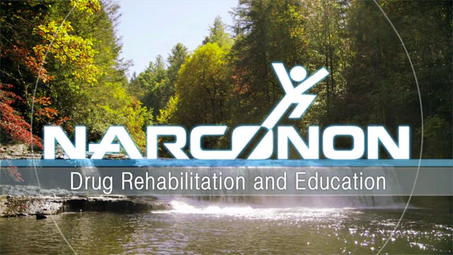DRUGS: WHAT YOU
NEED TO KNOW Booklet

Signs and Symptoms of Drug Use

There is no escape from the dangers of drug and alcohol misuse. Across the planet drugs and alcohol are manufactured both legally and illegally, resulting in a worldwide epidemic of suffering caused by the devastation of addiction.
Drugs come to Europe from across the globe. From South and Central America, traffickers ship cocaine to European countries. From Central Asia, heroin makes its way to Central and Western Europe. Stimulants like amphetamine, methamphetamine or ecstasy flood into European countries. And, of course, alcohol is everywhere and integrated into the lifestyle of many western Europeans.
There’s no getting away from it. Addiction to these substances must be solved by helping one person at a time reclaim their lives from drugs. To know when to act, it’s vital to be able to recognize the signs and symptoms that show up when these drugs are used.
Signs & Symptoms of Commonly Abused Drugs
There are many commonly used drugs in Europe and knowing the signs and symptoms of their use may help you determine when it is time to act.
Amphetamines
Amphetamines or amphetamine-type stimulants cover a wide range of synthetically made stimulants which increase heart rate, body temperature and brain activity.
read more
Benzodiazepine
Used medically, these drugs are often over-prescribed for anxiety and insomnia. They are also popular among people who use opioids as they make the effect of the opioids stronger. But they can also contribute to an overdose death.
read more
Cocaine
Cocaine addiction is a widespread problem in Europe. Concerned family members should know how to spot cocaine addiction so they can act fast to assist their loved ones in finding help. This article covers the signs and symptoms of cocaine use, examines the scope of cocaine abuse across Europe, and outlines the short and long-term effects of cocaine addiction.
read more
MDMA/Ecstasy
Since much of the world’s MDMA has originated from Europe, particularly Belgium and the Netherlands, this is a drug that has long seen popularity in Europe.
read more
Methamphetamine and Ice
While methamphetamine is chemically similar to amphetamine, the effects are three to five times stronger and can last up to three days. Meth comes in several forms “ice” or “crystal meth” is the most prevalent today. When a person uses ice or crystal meth, he (or she) will experience an immediate and powerful stimulant effect.
read more
Prescription Drugs
Prescription drugs most commonly are divided into three categories: Painkillers, Stimulants, Sedatives and Benzodiazepines.
read more

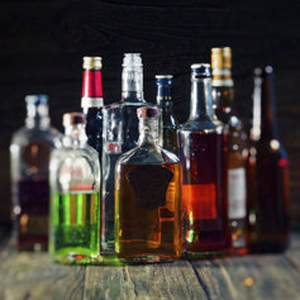
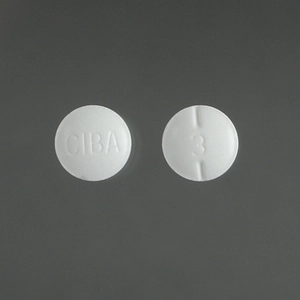
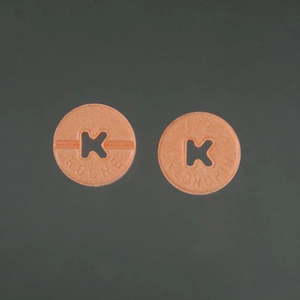
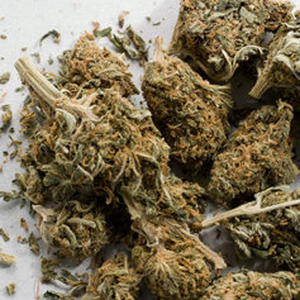
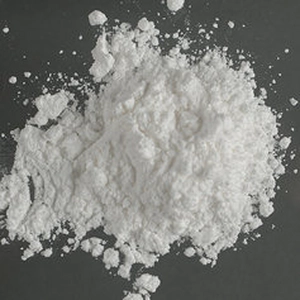
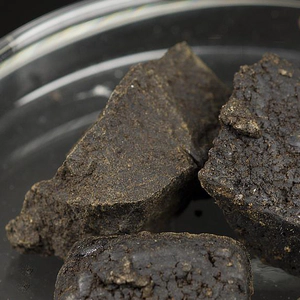
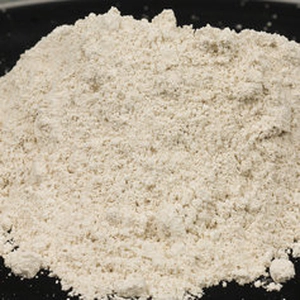
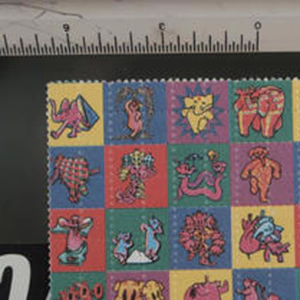
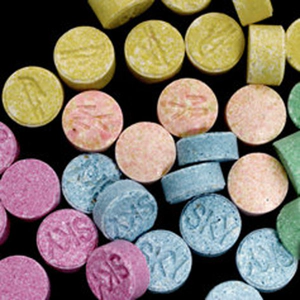
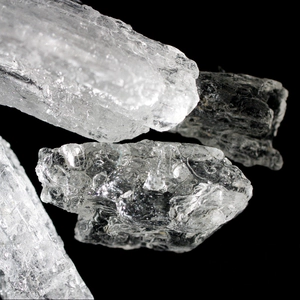
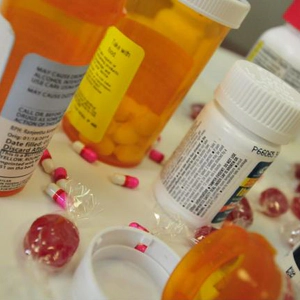
 ®
®
